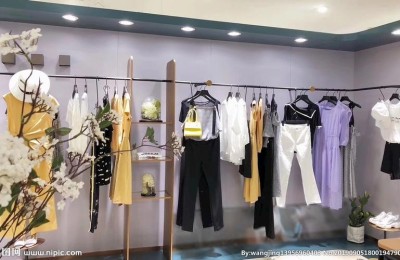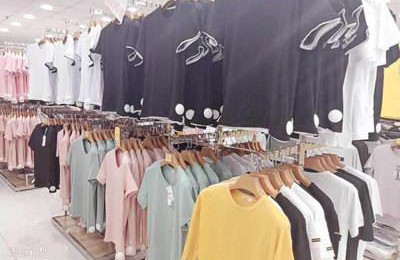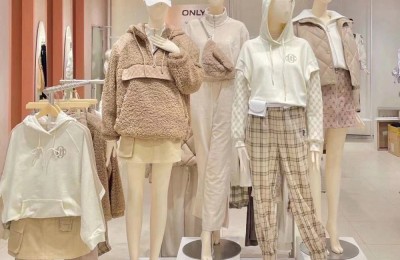Compared with the excitement in 2018, the textile market in 2019 seems a bit deserted. Both polyester raw materials and weaving companies seem to have become “Buddhist”.
The price of raw materials for “Buddha”
Since Trump announced in early August that he would impose 10% tariffs on US$300 billion in September (and later postponed some products to December), which caused a sharp decline, in the days that followed, the price of polyester raw materials has been like “A pool of stagnant water” only fluctuates within a small range every day.
Take the PTA futures contract 1909 as an example. In July, out of the 23 trading days, there were 6 days of upper limit or lower limit, more than 1/4, which can be said to be very Exciting.
But in August, except for the two waves of market conditions at the beginning when Trump announced tax increases and later the tax postponement, at the rest of the time, the rise and fall of PTA futures were almost the same. If it exceeds 100 points, it becomes extremely “Buddhist”.
“Buddhist” weaving enterprise
Why have the prices of raw materials become so “Buddhist”? It’s more because downstream weaving companies have also become “Buddhist”.
In the past few years, when raw material prices rose and fell sharply, the downstream weaving industry was often the most excited (posting on WeChat Moments when prices increased), and at the same time the most impulsive (getting together) The performance of ester production and sales is obvious).
However, in June and July this year, the price of raw materials fluctuated sharply. At the same time, weaving companies became more aware of this. Most of them have a “cold eye” attitude.
During the market visit, most of today’s weaving companies also said that they no longer stock up on raw materials for several months as they did in the past two years, and basically buy as they go. With use, the raw material procurement cycle is also shortened to 1-2 weeks.
Now that weaving companies see the increase in raw materials, most of them just take a look. It is impossible to stock up on goods. It is impossible to stock up on goods in this life. (Of course, you still have to post it to Moments)
The production capacity of “Buddha series” Retirement
Recalling that in 2016 or 2017, when the traditional textile clusters in Jiangsu and Zhejiang had just begun to retire water-jet loom production capacity, it caused an uproar in the market. To say “complaints” may be too much, but some complaints are inevitable.
This year, the rectification of water-jet looms in Jiangsu and Zhejiang has entered the final sprint stage, and the reduction in the number of water-jet looms is not slower than in the previous two years.
What is different from the past two years is that now the owners of weaving factories are queuing up to wait for the government to appraise and liquidate their factories.
Faced with the closure of the factory, the owners of the weaving factory also became “Buddhist”. Anyway, the compensation was in place. Once the loan was repaid, the remaining money was deposited in the bank to eat every year. Earn interest, trade when the market is good, and enjoy life.
Why has everyone become “Buddhist”?
When the word “Buddhist” was first popular, it was used to describe young people who worked hard in big cities. They struggled for many years but still couldn’t see it because of the high housing prices. The way forward, in the end, you become desireless and indifferent to other things. Isn’t that what’s happening in the textile industry now?
For raw material production companies, whether the raw materials rise or fall, the downstream seems to not buy it, so whether it rises or falls, it is unlikely that the downstream will not “take over” the situation. If it lasts, it can only maintain stability in the end.
For weaving companies, whether raw materials rise or fall, the fabrics produced cannot be sold anyway, and all the money becomes gray cloth inventory, and there is not so much money to stock up on raw materials. Buying as you go is the best option.
For the owners of the weaving factory who are facing liquidation, they will definitely be a little reluctant to leave the factory after running it for so long, but so what? Anyway, it’s tiring to keep the factory open now and I can’t make any money. I’m getting older and past the age of hard work, so it’s good to just close it down.
So in the final analysis, it is because the current market environment is really bad. Manufacturers have no profits, there is no demand from downstream, and it doesn’t matter if everyone is not “Buddhist”.
The “Golden Nine” is just around the corner, and the price of raw materials may rise
September is the traditional peak month for textiles��, although the market this year will be worse than in previous years, people’s basic clothing needs are there, and there will still be a basic amount every year.
In fact, starting from this week, the orders of textile companies this week have increased significantly compared with the previous period. Some dyeing factories also have long-awaited “liquidation” news, and the market situation There is already a trend of improvement.
In terms of polyester raw materials, the raw materials have recently been in a “passive Buddha” state because downstream weaving companies do not buy it. At present, the prices of both PTA and polyester filament are at a very low position. The average production and sales of polyester factories have also rebounded significantly compared with the previous two months, and they seem to be gaining momentum.
Maybe in the near future, the price of polyester raw materials will start to rise. I wonder if weaving companies can still be “Buddha-style” by that time?
</p







